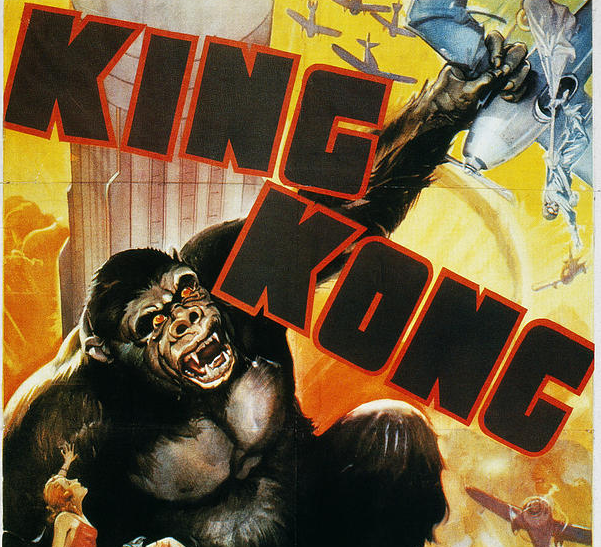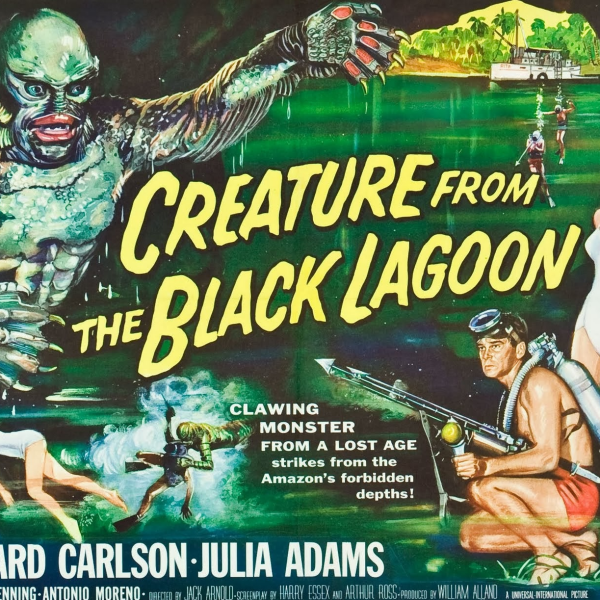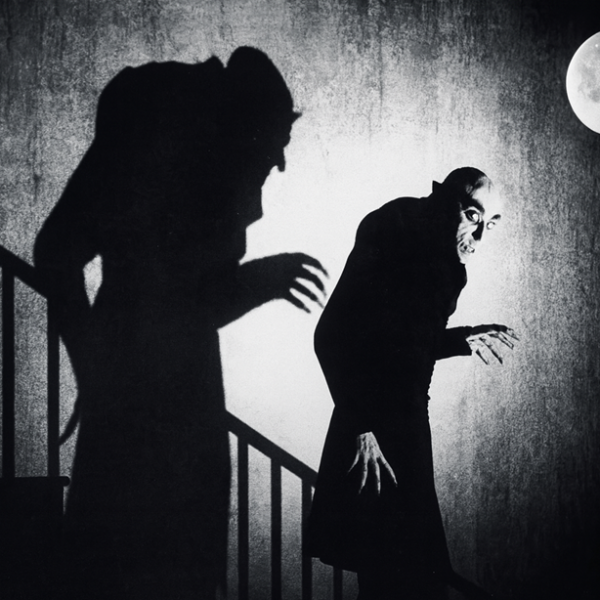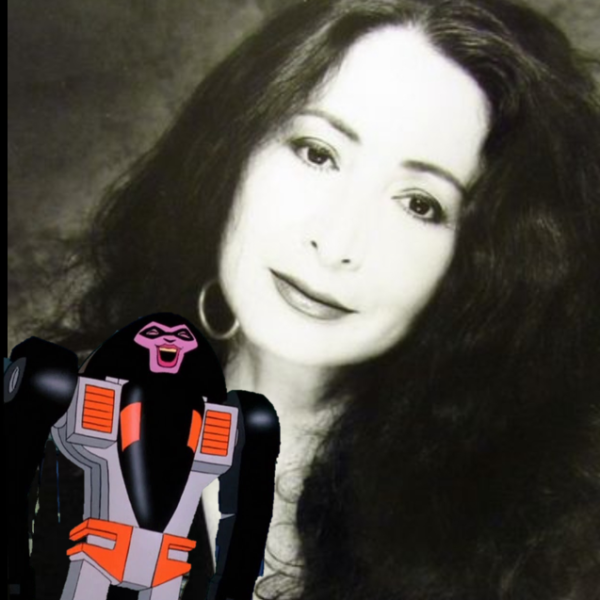October Monster Mash: “Beauty and the Beast of Skull Island!” – King Kong (1933)

The Birth of a Legend
When King Kong roared onto screens in 1933, the world had never seen anything like it. Produced by Merian C. Cooper and Ernest B. Schoedsack for RKO Pictures, and featuring revolutionary stop-motion effects by Willis O’Brien, the film stunned Depression-era audiences with its scale, imagination, and emotional power.
Kong wasn’t just a monster — he was a milestone. A fusion of myth and motion, of horror and heartbreak. He showed that special effects could tell stories as powerfully as actors — and that even a beast could break your heart.
The Story: From Civilization to Chaos
The adventure begins when filmmaker Carl Denham (Robert Armstrong) sets sail for a mysterious, uncharted island in search of something spectacular for his next movie. He brings along a crew and a young actress, Ann Darrow (Fay Wray), whose beauty and innocence will soon become the story’s tragic center.
On Skull Island, the expedition encounters a primitive tribe that worships a monstrous god: Kong, a 50-foot-tall gorilla who rules over a prehistoric jungle filled with dinosaurs and danger.
When the islanders kidnap Ann and offer her as a sacrifice, Kong emerges from the jungle, thundering through the trees. But instead of killing her, he’s fascinated — captivated by her beauty.
What follows is one of cinema’s most thrilling and terrifying sequences: Kong battling dinosaurs, toppling trees, and roaring his primal defiance to the heavens.
Eventually, Denham captures Kong and ships him to New York, declaring him “The Eighth Wonder of the World.” But beauty proves mightier than chains. Kong breaks free, rampages through the city, and climbs the Empire State Building, clutching Ann in one giant hand as airplanes swarm above.
And then — the moment that defines the monster myth forever — Kong falls.
“It Was Beauty Killed the Beast”
Those five words, spoken at the film’s end, encapsulate its timeless tragedy. Kong is not an evil creature — he’s a victim of exploitation, torn from his home and destroyed by the very world that sought to profit from him.
The emotional resonance of Kong’s story has never faded. His final moments — swatting futilely at the planes, reaching toward the sky as bullets tear into him — evoke both pity and awe.
Like Frankenstein’s Monster before him, Kong embodies the tragic creature: misunderstood, mistreated, magnificent.
The Magic of Willis O’Brien
King Kong was a technical marvel decades ahead of its time. Willis O’Brien’s stop-motion animation brought the giant ape and his prehistoric world to life frame by frame, using miniature models, rear projection, and clever compositing techniques.
The result was breathtaking — from Kong’s expressive eyes to his brutal fight with a Tyrannosaurus, audiences had never seen anything so alive, so tactile.
The musical score by Max Steiner, one of the first full symphonic soundtracks in film history, elevated every moment — from jungle terror to tragic finale.
Together, O’Brien and Steiner transformed King Kong into a symphony of sight and sound, a masterpiece of both craft and emotion.
Legacy: The King of Monsters
King Kong didn’t just make movie history — it created it. Its influence can be seen in everything from Godzilla to Jurassic Park. Kong proved that audiences would not only accept fantasy — they would believe in it.
In 1933, amid economic despair, King Kong gave people something extraordinary: the thrill of adventure, the terror of the unknown, and the melancholy of beauty doomed by power.
The film has been remade multiple times — in 1976, 2005, and reimagined again in the MonsterVerse — but nothing matches the primal magic of the original.
The black-and-white photography, the stop-motion movements, the tragic close-ups — all combine to make Kong not just a monster, but a myth.
Conclusion
As part of our October Monster Mash, King Kong stands as the foundation of all monster cinema. It’s not just a tale of man versus beast — it’s a warning about greed, exploitation, and the eternal struggle between civilization and nature.
Eighty years later, that final image still haunts us: a great creature, brought down not by guns or bombs, but by beauty — by humanity itself.
“It wasn’t the airplanes… It was beauty killed the beast.”
And yet, somehow, we still mourn the King.



